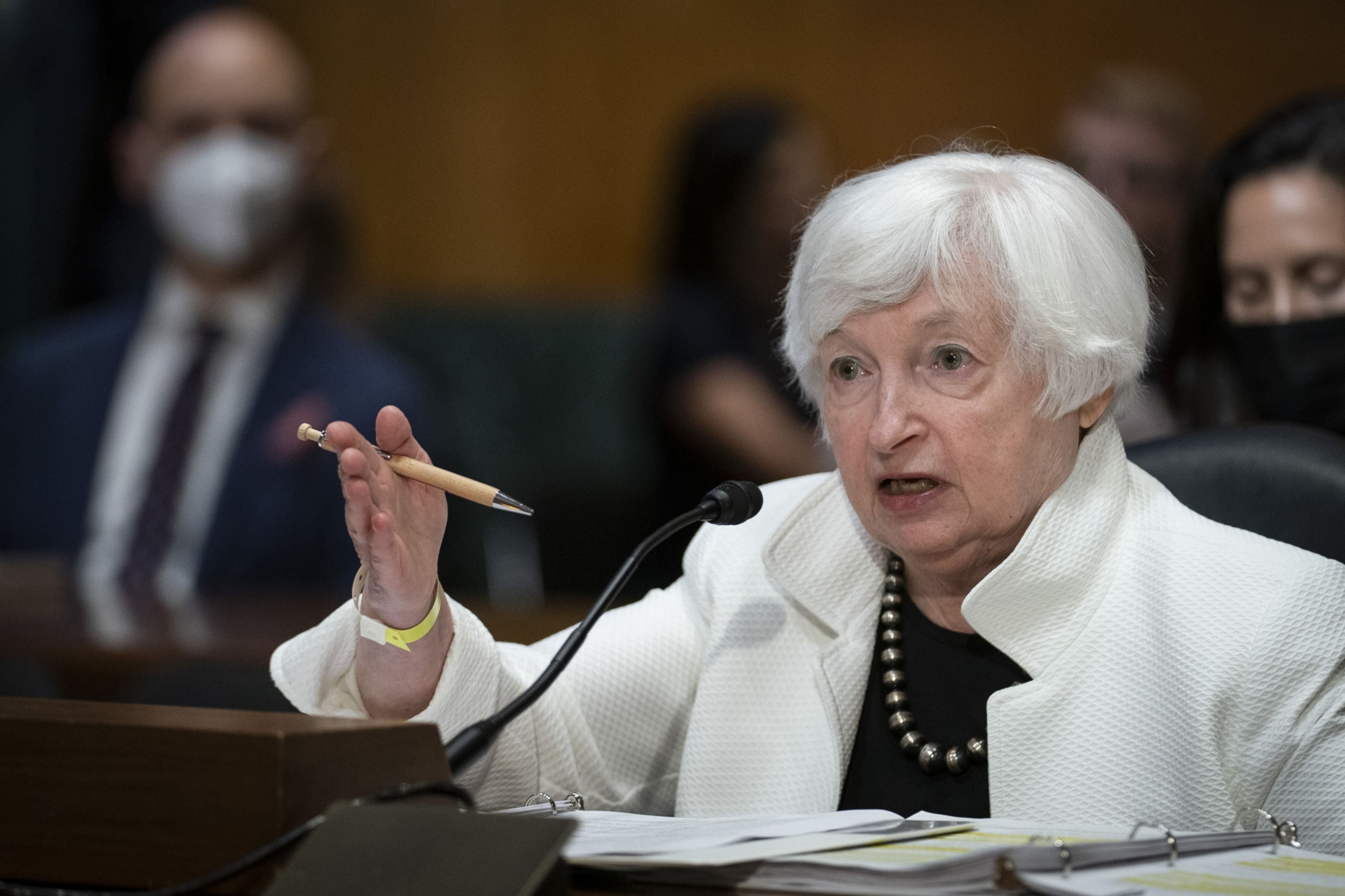
“The period of time that extraordinary measures can last is subject to considerable uncertainty,” Yellen wrote in a letter Friday to bipartisan leaders in Congress. Even so, “it is unlikely that the money and extraordinary measures will run out before the beginning of June“, he pointed.
The letter is the kickoff to what is likely to be a protracted and intense political battle over US fiscal policy, a showdown that could strain financial markets and heighten the dangers for an economy already facing the risk of recession. Economists expect the Treasury to run out of liquidity around August if the debt ceiling is not raised.
House Republican leaders say they will insist on spending cuts in exchange for raising the debt limit. But the Democrats, who control the Senate, and President Joe Biden reject such maneuvers of “hostage taking” and want a direct raise, like the one Congress offered former Republican President Donald Trump.
The current debt limit, or the total debt that the Treasury can issue to the public and other government agencies, is just under $31.4 trillion. It was set in December 2021, when Congress increased it by US$2.5 trillion.
Currently, the government is about US$78 billion away from reaching the limit.
In her letter, Yellen said Treasury’s extraordinary actions would begin by bailing out existing investments, and suspending new ones, in the Civil Service Retirement and Disability Fund and the Postal Service Retiree Health Benefits Fund. The department will also suspend the reinvestment of the Government Securities Investment Fund of the Savings Plan of the Federal Employees Retirement System.
Those funds will be reinstated when the impasse on Capitol Hill ends, Yellen said, calling on lawmakers to prevent the impasse from jeopardizing US finances and financial markets.
Is “It is essential that Congress act in a timely manner to increase or suspend the debt limit“, wrote. “Failure to meet government obligations would cause irreparable damage to the US economy, the livelihoods of all Americans, and global financial stability.”
If the Treasury was unable to issue new debt and then ran out of liquidity, the US government would default on its financial obligations. Wall Street analysts say default risk doesn’t really kick in until the second half of 2023, after the extraordinary measures the Treasury uses to avoid exceeding the ceiling have been exhausted.
“This is about the United States government meeting the obligations that previous Congresses have already made,” Brian Deese, director of the White House National Economic Council, said in an interview with Bloomberg Television on Friday. “It is a sacred obligation – the full faith and credit of the United States – and Congress is going to have to deal with the debt limit, and do it without conditions, without gambling and without putting our economy at risk.”
Source: Gestion
Ricardo is a renowned author and journalist, known for his exceptional writing on top-news stories. He currently works as a writer at the 247 News Agency, where he is known for his ability to deliver breaking news and insightful analysis on the most pressing issues of the day.












